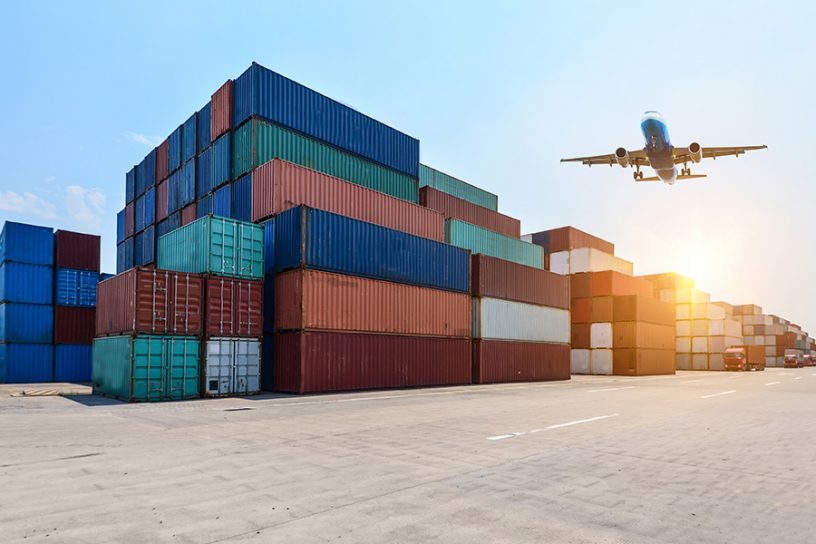
The model can be used by government, private, and non-profit alike to distribute relief during any similar future events as well.
Authors
Anirban Ganguly, Professor, Jindal Global Business School, O.P. Jindal Global University, Sonipat, Haryana, India.
Ziaul Haq Adnan, North South University, Dhaka, Bangladesh.
Abdul Hai Ashik, Ahsanullah University of Science and Technology, Dhaka, Bangladesh.
Muntasina Rahman, Ahsanullah University of Science and Technology, Dhaka, Bangladesh.
Sherajus Shalahin Bhuiyan, Ahsanullah University of Science and Technology, Dhaka, Bangladesh
Summary
COVID-19 induced lockdowns have made it extremely difficult for the poorer section of the community to arrange sustenance items like food and medicines due to the lack of cash flow coupled with the closure of markets.
Although multiple organisations took initiatives to help this vulnerable cohort by distributing essential items, they ended up either oversupplying or undersupplying at different regions due to the lack of a reference framework.
Hence, the study develops a model to aid the national relief distribution process during a pandemic. This study considers the capacitated plant location model and applies the linear programming tool to formulate and solve the model.
The model assigns a target and service zones, to relief organisations based on their capacity and proximity and avoid redundant relief goods to easily accessible areas. The model can be used by government, private, and non-profit alike to distribute relief during any similar future events as well.
Published in: International Journal of Logistics Economics and Globalisation
To read the full article, please click here.


